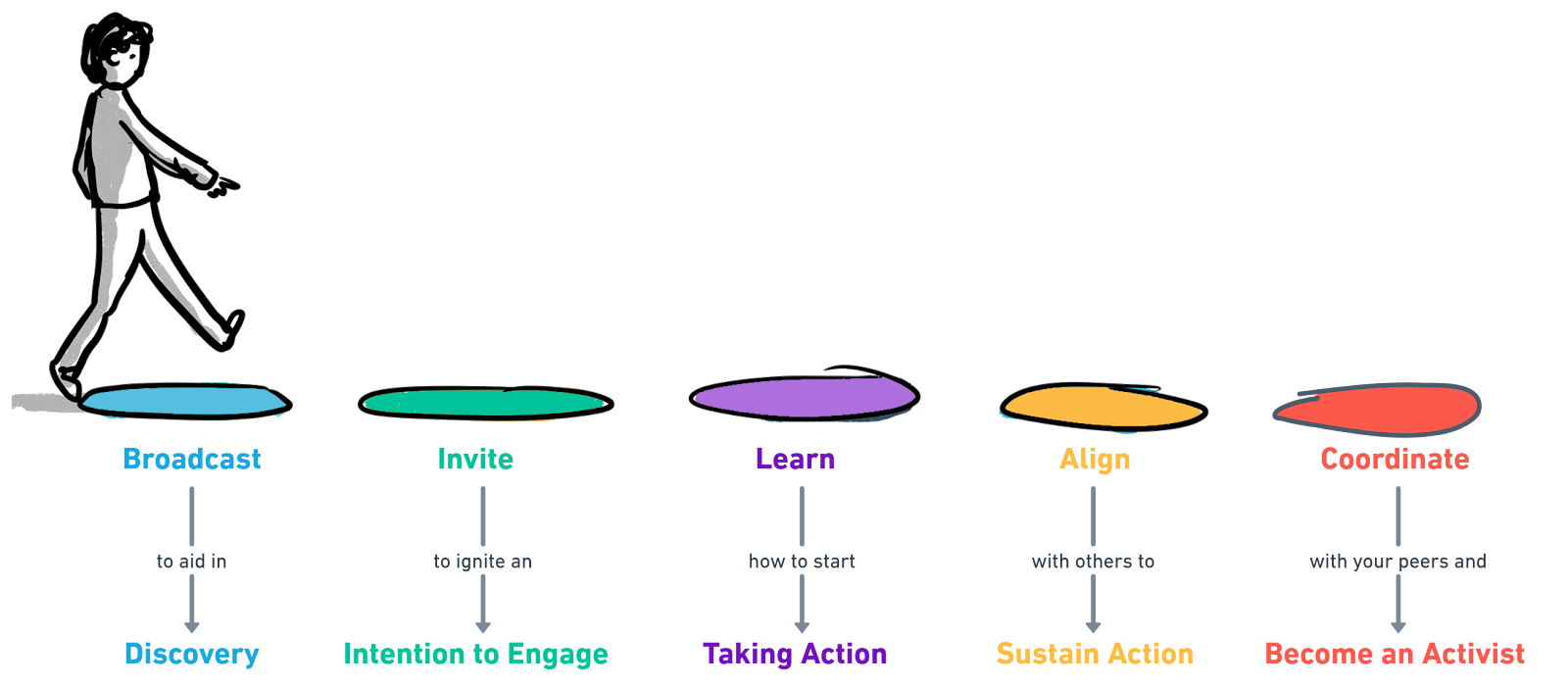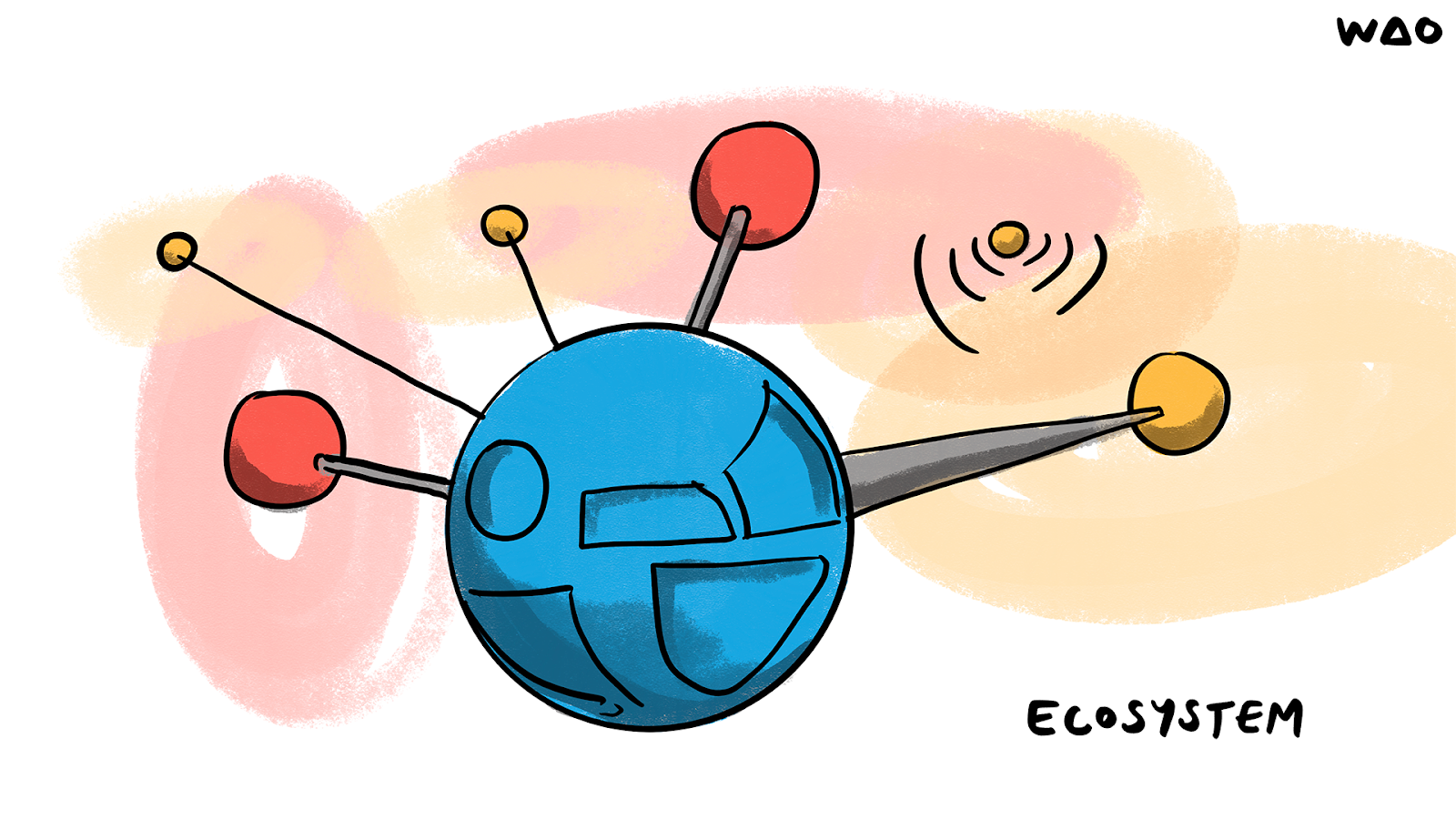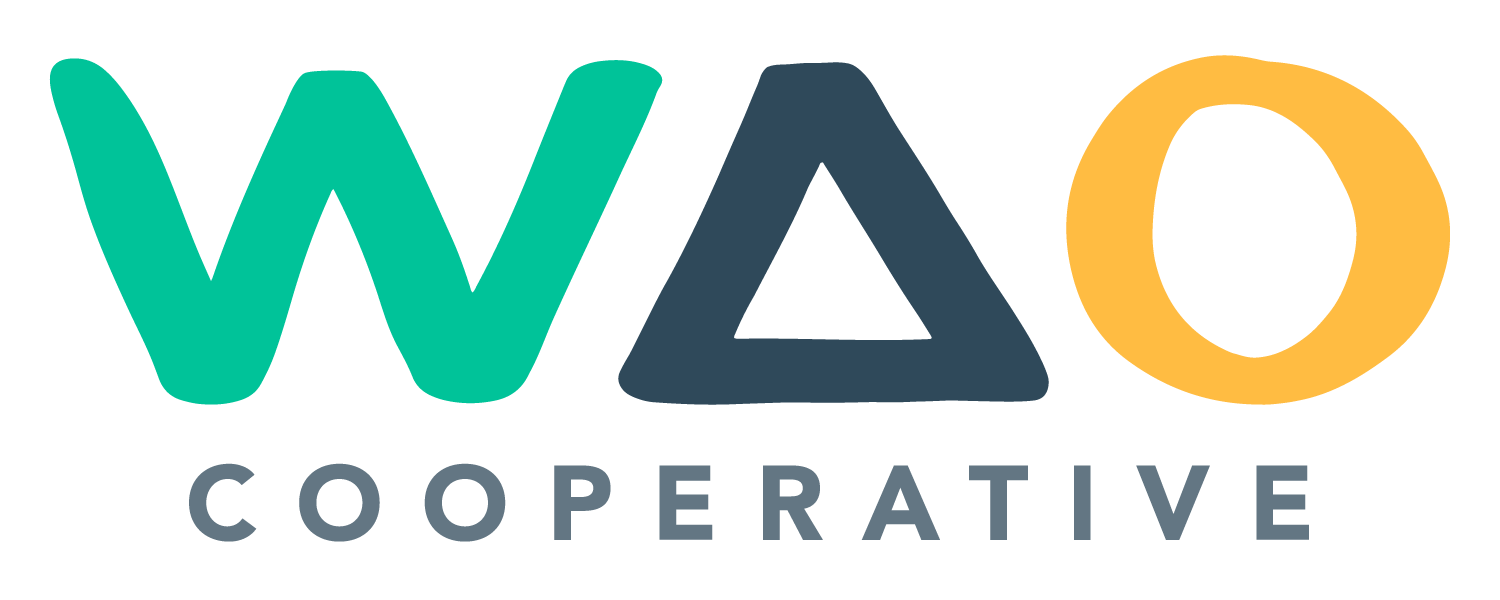Conscious Discourse for Activists and Educators
Reflections on helping Amnesty International UK using Open Source technologies.

As part of their wider digital transformation plan, we’re currently helping Amnesty International UK (AIUK) with a new community platform for activists and educators. As we’ve done for almost a decade now, and as befits the name of our cooperative, we’re working openly on this project. In fact, this post is informed by one we wrote for the AIUK Community Platform Project blog.
Our last post about the AIUK project on this blog talked about the importance of community calls. In this one we want to talk about community building for the kinds of conversations that activists and educators need to have. We will be using Discourse to power the community platform after our research earlier this year led to a longlist of 29 platforms and a shortlist of 4 platforms. You can check out our comparison spreadsheet here.
A note about Discourse
This is not a post about Discourse as a platform per se, but it is important to note that, by default, it provides many useful features and settings. The stated aim of its co-founders is to “democratize online community and teamwork by raising the standard of civilized discourse on the Internet.” As such, it has features such as user trust levels, content warnings, and role/status badges that have been provided thoughtfully in a way that other systems haven’t yet managed.
It’s also Open Source, allowing AIUK to be able to host it wherever they choose—something which is increasingly important given the global rise of authoritarianism. Human rights organisations need to, sadly, be prepared for security breaches like hacks, bots or fake accounts that could compromise discussions.
Conscious configuration

The only way to know how users will interact with a system you have created and/or configured is to put them in front of it. They will surprise you in both positive and negative ways, which you can then make a note of and reconfigure the system accordingly.
The platform or software you choose constrains what is or is not possible for users. It provides a set of “affordances” creating an environment which offers the individual different options. For example, we have decided against the affordances provided by real-time chat apps such as Slack or Rocket.Chat in favour of a more ‘discussion area’ vibe with Discourse.
Over and above the intentional decisions around platform choice, we also have to be mindful about the way we initially configure it for our target audience. Unlike some other platforms, almost everything is configurable in Discourse. This means we need to do the work to make the platform as easy to use and “intuitive” to community members as possible.
AIUK has a widespread and diverse community, so we need to think about how that community currently exists, while preparing for a move to a new platform. We now have a very long configuration document documenting these conversations and reminding ourselves why we made certain decisions around set up and defaults. This includes everything from the theme components we have installed, to the way we’re dealing with user permissions, through to the names of buttons we’ve changed.
It is very unlikely that we get everything right the first time around. We will receive useful feedback during the training and piloting phases and we will also change things based on what we observe users actually doing (rather than just what they say they will do!)
The wider ecosystem

The new AIUK community platform does not sit alone in a vacuum. Nor is it the answer to every situation in which activists and educators may want or need to interact. For example, end-to-end encrypted communications are much better dealt with in a secure app such as Signal. As a result, we are advising AIUK community members to see the new platform as one part of a wider ecosystem.
This ecosystem also includes a new website and knowledge hub which is being developed by Torchbox. Therefore, in addition to thinking through how activists and educators interact within the community platform, we need to consider how different types of users might move through the entire ecosystem. How do they become aware of what is available? How do we meet their needs? How might we enable them to meet their activism and education goals?
The demographics of AIUK skew both young and old. That is to say, there is a majority in the 50+ age group, but there are also many young people and university students who are actively involved with Amnesty campaigns. Our research showed that these two groups tend to use very different communication tools. The older demographic tend to use email as their primary means of communication, whereas the younger demographic tend to use social media.
Our aim is for the community platform to meet the needs of as many different AIUK groups as possible. For example, an important requirement was the ability to receive updates from the platform via email, and also for community members to be able to reply to discussions from the comfort of their inbox.
We cannot solve everything with the community platform, but we are configuring a solution that can respond to users’ needs over time.
Get involved!
Whether or not you currently consider yourself part of the AIUK community, you are very welcome to lend your thoughts and expertise to this project. Follow the project blog over on the Amnesty UK website, share positive examples you have of activists and educators engaging in constructive discussion, and help us build a space which helps the AIUK community protect people wherever justice, freedom, truth and dignity are denied.

Discussion